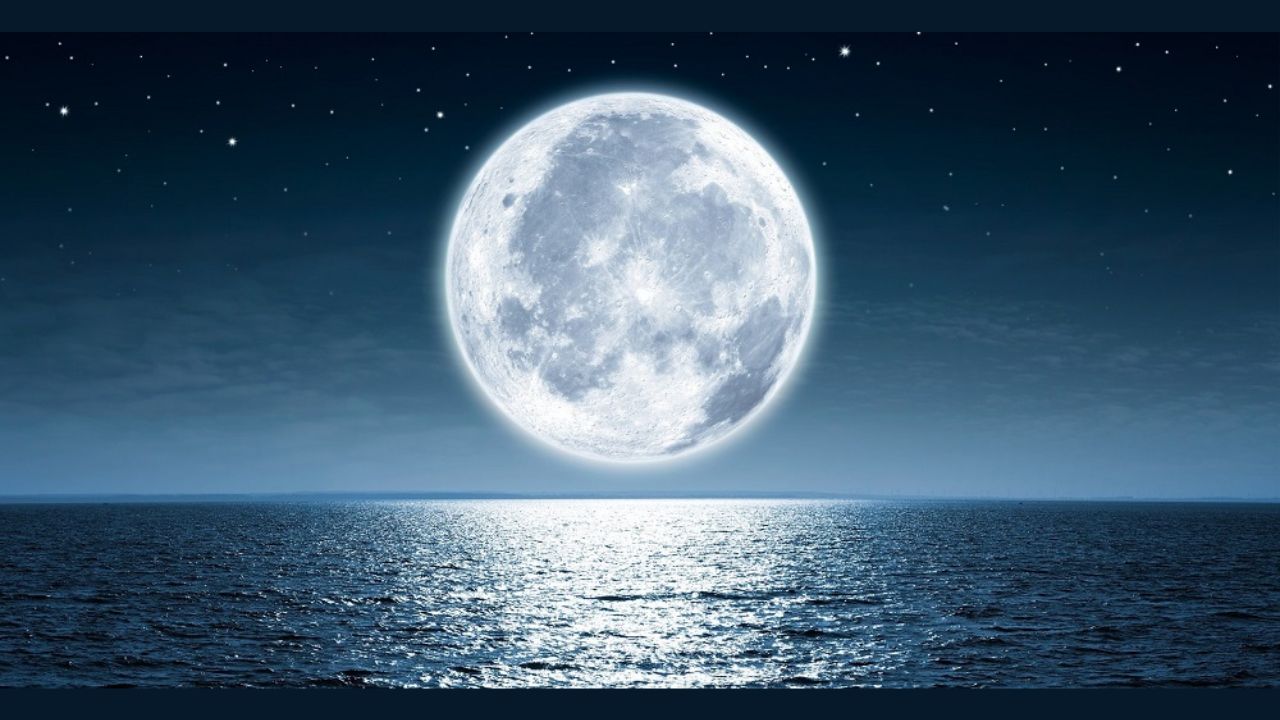Super Blue Moon 2023: After the August 1 supermoon, skywatchers around the globe are eagerly anticipating a rare occurrence known as a “super blue moon.” This celestial event can be observed on August 30 (Wednesday), coinciding with India’s Raksha Bandhan celebrations. Although this is the second full moon in one month, what makes a super blue moon unique is that it is a combination of a supermoon and a blue moon. According to NASA, a super blue moon occurs on average once every ten years. If you are a stargazer, you shouldn’t neglect this opportunity. Sometimes you will not see it again for twenty years, while other times you may see it within a few months. A super blue moon is 7% larger than the average full moon; however, skywatchers may not notice the difference. Now, let’s distinguish between a super blue moon, a supermoon, and a blue moon.
Chandrayaan-3 Landing Spot On Moon Named ‘Shiv Shakti’ By PM Modi
What is a super blue moon?
The moon’s orbit around the Earth is elliptical, and the Earth is closer to one side of the ellipse than the other. Every month, the moon travels through its closest point (perigee) and its farthest point (apogee). When the Moon is at or near its closest point to Earth and is also full, this phenomenon is known as a super blue moon. Due to the full moon’s proximity to Earth during this time, it may appear large and brilliant in the sky.
Super Blue Moon 2023: Find out the date, timing, where and how to watch (newsd.in)
What is a blue moon?
A blue moon occurs when the full moon occurs twice per month, rather than once. This occurs because the moon’s cycle is shorter than our calendar month, lasting only 29.5 days. This implies that in months where one full moon occurs at the beginning of the month, the other can occur at the end. Blue moons occur every two to three years.
What exactly is a supermoon?
A supermoon occurs when the Moon is full and its orbit is at its closest point (perigee) to Earth. The supermoon is larger and more luminous than a typical full moon.


















